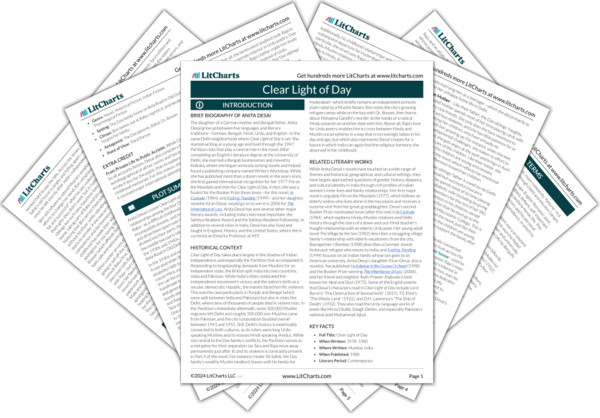Urdu Quotes in Clear Light of Day
Raja had studied Urdu in school in those days before the Partition when students had a choice between Hindi and Urdu. It was a natural enough choice to make for the son of a Delhi family: Urdu had been the court language in the days of the Muslim and Moghul rulers and had persisted as the language of the learned and the cultivated. Hindi was not then considered a language of great pedigree; it had little to show for itself in its modern, clipped, workaday form, and its literature was all in ancient, extinct dialects. Raja, who read much and had a good ear, was aware of such differences.
“This is no college for you. It is a Jamia Millia form.”
“That is where I want to study. I went there to get a form.”
“You can’t study there,” his father said, taking the cigar out of his mouth and spitting out a shred of tobacco. “It is a college for Muslim boys.”
“No, anyone can go there who wants to specialise in Islamic studies.”












